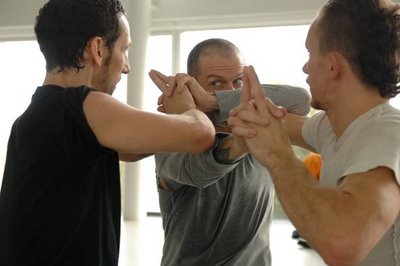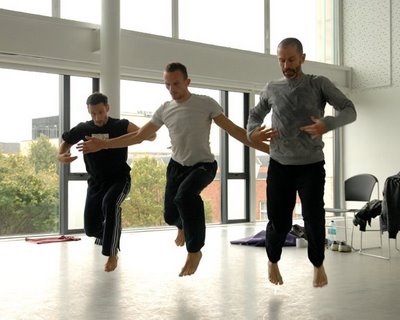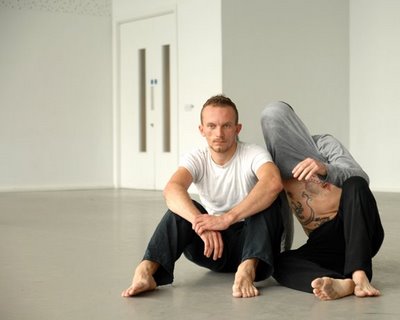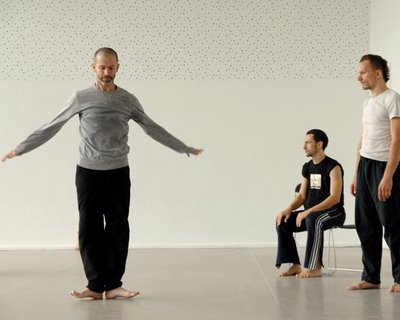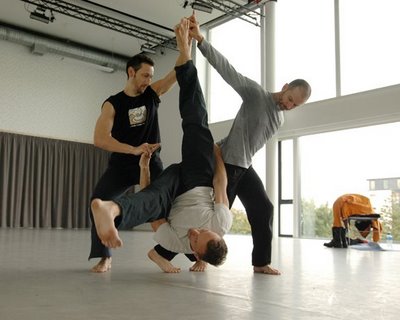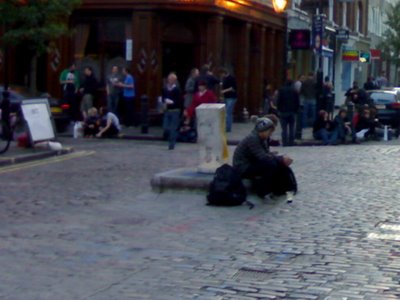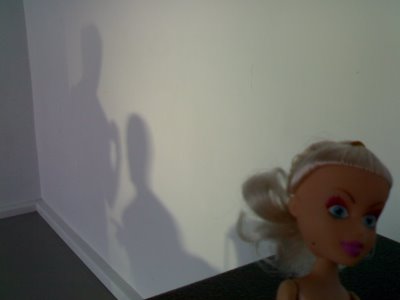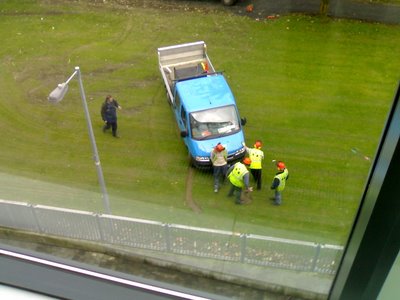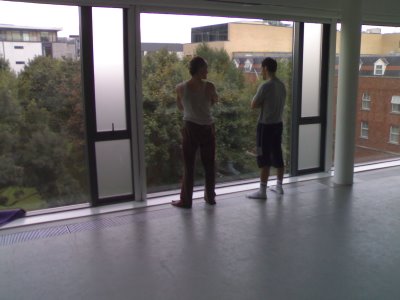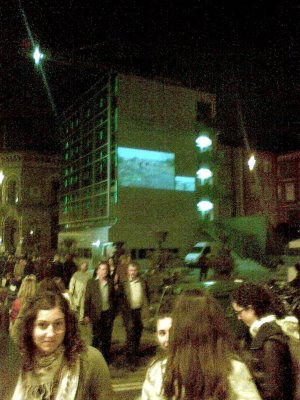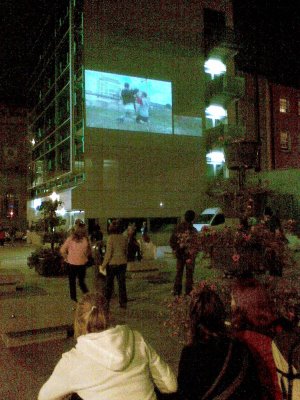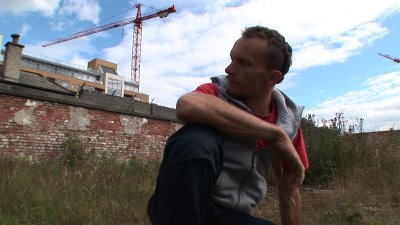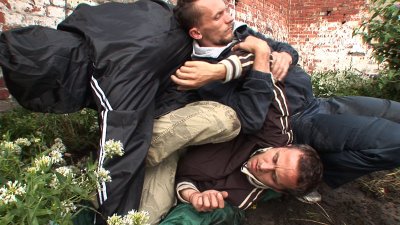I was invited to speak today at conference held by the Yorkshire Regional Office of Arts Council of England. So I left Cork last night, having seen the dancers do their dress rehearsal and wishing them well with the opening tonight. Always moving on.
The Arts Council conference was organised to discuss the new ACE priorities, encapsulated in the strapline Great Art for Everyone. I was asked to talk about Great Art, one of a panel of four expected to provoke discussion. It was a daunting gig, particularly given that my delayed flight meant I got to Leeds at 2:30am – what a waste of a lovely hotel room. But I guess it was easier for me to speak freely than an artist who might be a client of the organisations present.
You can read what I’d prepared to say below. It isn’t exactly what I said but I like to prepare so that I am free to improvise. And the chair gave Niche a plug too!
I’m sure you’ve all read Alan Davey’s introduction to the Arts Council England 2008 review. It concludes with the rousing exhortation that nothing less than excellence will do. It’s a daunting benchmark to consider as I stand in front of you today, an artist invited to offer my perspective on what great art might. The chief executive’s report is entitled artistic ambition and while I can own up to being ambitious, it is a particular kind of ambition which I’ll explain later, but I’m not sure it’s the world-class ambition for which Alan Davey says the Arts Council must create the conditions. World-class ambition sounds to me quite a spectacular, splashy thing with not a little of the Olympic about it. I come from a triple bronze winning country and not multiple gold winning GB so you’ll understand if I make a claim for possibility of greatness in art that is quieter and less grand in scale.
But first of all a confession: when I go into a studio to make a new piece of choreography, I do not think about making excellent work or creating great art.
Part of the reason I don’t focus my energies on earning that recognition is that it is a function of the judgement of others and external to the work. We know that the criteria of that judgement changes from one historical period to the next, from one culture to another, from one ideology to another. Solzhenitsen’s achievements were not something Stalin’s Russia could acknowledge. Van Gogh was ignored in his time. Had Maya Angelou written her books a century earlier, would they have been published let alone acclaimed. Given that the judgement of greatness is so changeable, it doesn’t seem that it should be the focus of an artist’s work.
So what do I think about when I step into that studio? What I try to do is make the piece that’s necessary at that moment in time. When I say necessary, what I mean is that I am looking for the truth of the particular circumstances of that creation. I was taught that the artist’s work is less to create than to discover the work that is already there to be intuited, Like the water Diviner in Seamus Heaney’s poem who circles the terrain until ‘spring water suddenly broadcasting it secret stations’, his hazel rod twitches into recognition, I am trying to be attentive to what needs to be expressed.
Partly it’s what I want to express:
I bring my own concerns, my own personal history, my place in society, my gender, my sexuality, all of those things and when I work with others I take in to account what they bring in to the studio also. But I but also be aware of the studio itself. I know for instance that the wonderful new Dancehouse in Dublin, where I often rehearse, was built as part of a regeneration plan for a socio-economically deprived area of the city. It was built in a Public Private partnership agreement, which tells us something of the prevailing politics and it was possible because of then booming Irish economy. I’m also aware of Dublin when I work in a studio there, aware of the changed complexion and body of the city thanks to the foreign migrants who have relocated to find work there. I am aware of Dublin in relation to the rest of the world, to China for example where I have worked in recent years, knowing that Irish construction companies are involved in building projects there and that the Irish government like many others is keen to business with the growing superpower. I hold all these things when I start to make a movement, a twist, a fall. And I wait to see what shape of all these interconnected ideas will reveal itself, what truth will emerge from their interplay.
I was taught by Kim Brandstrup, a choreographer from whom I learned a great deal, that the choreographer’s job was to see what was going on. Not to see what I want to see or what I’d like to be there but to honestly observe what’s going on in front of me. As a result, I often find amused in ballet performances when the floaty costumes of the ballerinas tell me that I should think them weightless and ethereal but the hard thump of forty pointe shoes running around the stage makes it impossible for me to maintain the artifice. Of course I’m not a classical choreographer but how much more interesting for me to explore the hardness of that sound in relation to the potential for lightness it also allows. But that says more about me.
From Kim, I learned this attentiveness as a aesthetic strategy but I own it more now as an ethical strategy since the attention to what’s really going on is often allows a recognition of moments of friction, of resistance or impediments to the flow of movement. Noticing these places allows me to recognise what is ordinarily edited out, passed over. These are the truths I need to see included. Given the celebratory tone of much of the language around the new Great Art for Everyone strapline, I want to make sure that we realise that art needs to attend to the uncomfortable as well and that people can gather in that discomfort as much as in the balm of celebration.
So maybe
Greatness or excellence is like love – It’s very difficult to describe but you recognise it when you feel it.
Love can’t be commanded and I don’t think excellence can be either.
In fact, as in love, those that look too hard for it are often least successful in it.
So what do you do? Love comes to those who are available to it. It is a reward for a life well lived and excellence is a reward for an artistic process conducted with integrity.
To conclude then I have some questions that test my analogy:
It seems to me that a constant search for novelty doesn’t necessarily help one find love. Loyalty to the familiar can be rewarded by deeper connections. Should those who seek to support the processes that might produce great art indulge in serial one night stands or commit to already established relationships. Perhaps an open relationship is required with central loyalties and bits on the side? Perhaps just as routine can kill love, novelty can rekindle it? When do you stick to the old process and when so you let it go?
And finally if love can exist between two people, or a family, or a community, who will judge which love is of better quality? Is quantity the source of reckoning? And if work is judged by small numbers to be great, does that mean it is of less value than work judged excellent by many? Remember Van Gogh.
